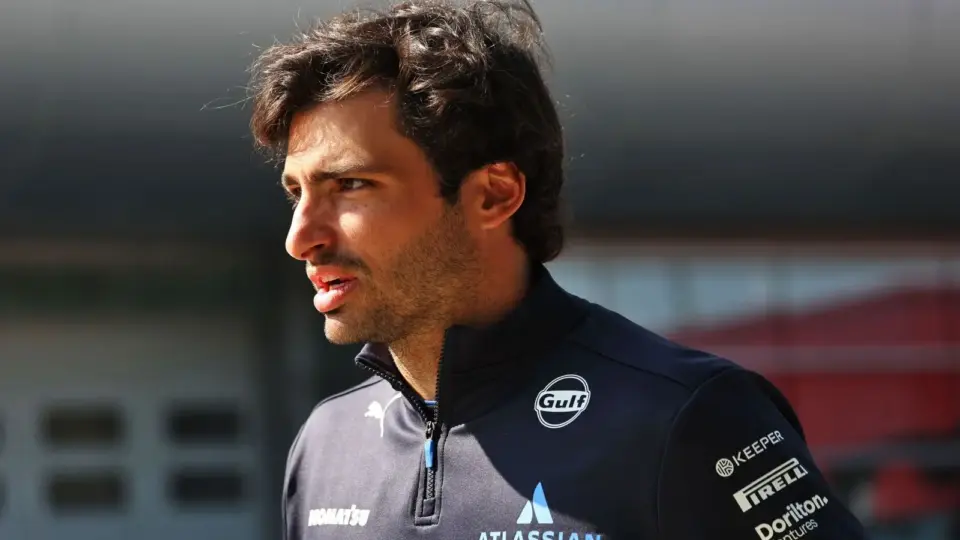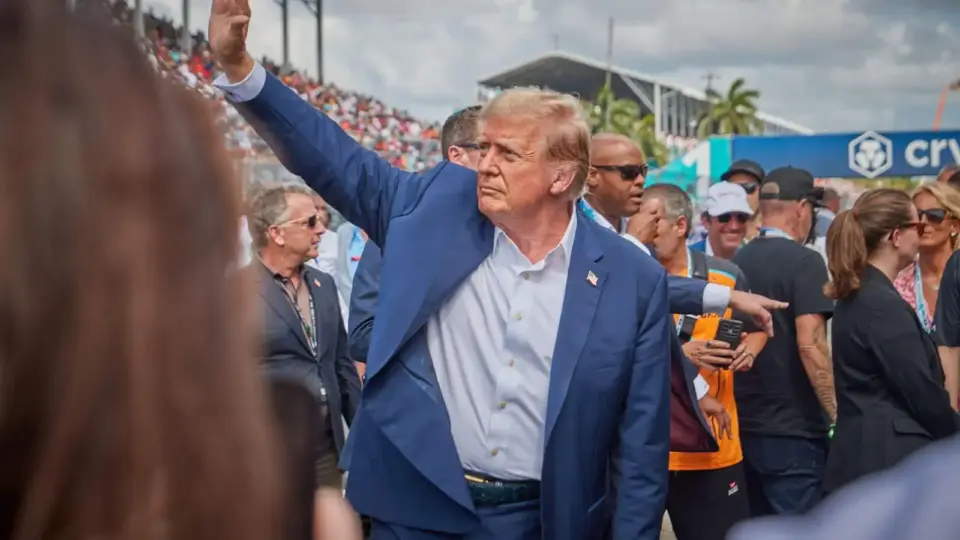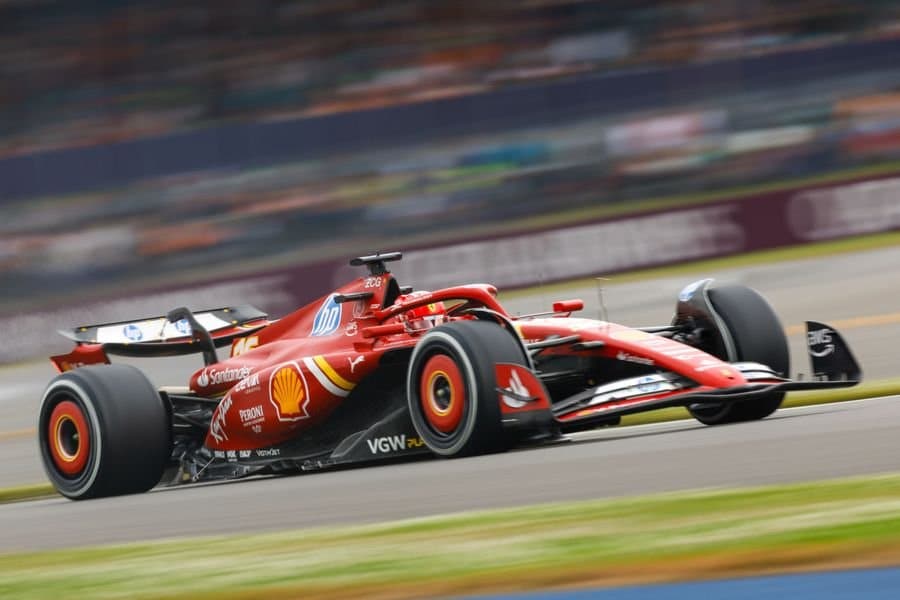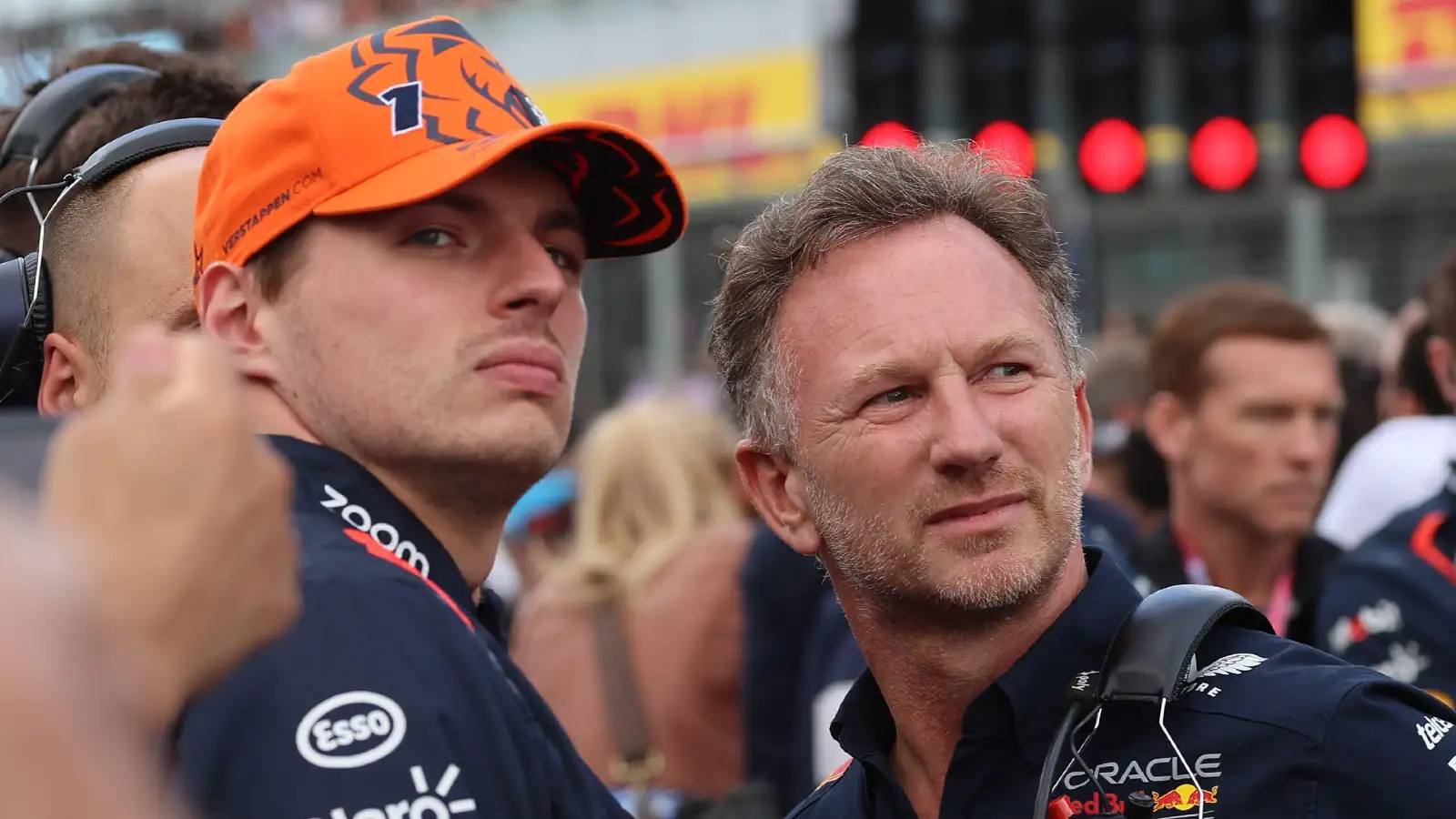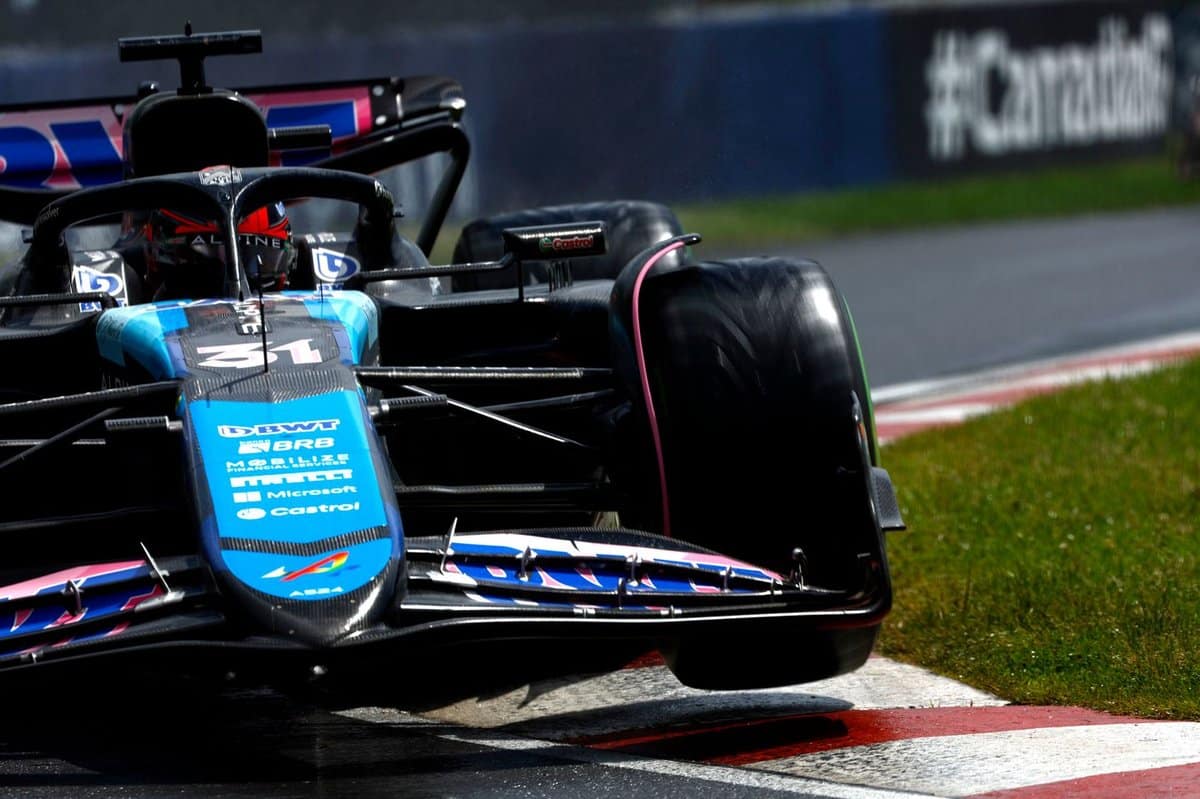F1 may revisit its past with potential changes on the horizon, sparking curiosity among fans and teams alike.
- The reintroduction of KERS is being discussed as a possible enhancement to the current power units.
- A return to the iconic V10 engines, once beloved by fans, is also on the table as a potential shift.
- Key engine manufacturers express skepticism, questioning the feasibility of these changes for 2026.
- A meeting at the Bahrain Grand Prix is set to address these power unit modifications and potential compromises.
With the F1 world abuzz, talks of reintroducing KERS and the legendary V10 engines have surfaced. As fans reminisce about the roaring sounds and tactical battles KERS brought, the potential return has everyone on the edge of their seats. KERS, which first made waves during the V8 era, allowed drivers to unleash extra power retrieved from braking, adding a strategic layer to the races.
The possible resurrection of V10 engines is met with mixed emotions. While the nostalgic roar of V10s thrills traditionalists, manufacturers investing heavily in newer technology face a crossroads. The existing 2026 plans heavily focus on sustainability with a 50% electrification approach. However, a recent formation of a working group to explore a V10 return highlights a significant pivot in discussions.
Despite the buzz, not everyone in the paddock is convinced. Major engine players seem hesitant, noting the resource investments already directed toward the 2026 framework. Friday’s meeting at the Bahrain Grand Prix might see the proposal of a blended power unit system that couples a compact KERS to aid the shift back to V10 engines, potentially aligning with sustainability goals.
Mercedes, Ferrari, and Audi signify possible traction towards this hybrid idea, but a catch exists. The timeline for new regulations, which was to stretch for five years, could be shortened. This acceleration to adopt V10s raises eyebrows, especially given the complexity of adapting current technology swiftly.
Adding to the drama, some advocates push for a last-minute tweak, suggesting an altered power ratio for the new engines, initially hovering around a 55:45 combustion to electric split. This ratio might change to 70:30 or even 80:20, showcasing the struggle manufacturers face with the high-tech 2026 demands. In a candid moment, Honda’s President Koji Watanabe, while expressing difficulties, underscored the industry’s shared burden of meeting these evolving standards.
The F1 community watches closely as discussions about revisiting past technologies unfold, potentially shaping the future of the sport’s engineering landscape.

